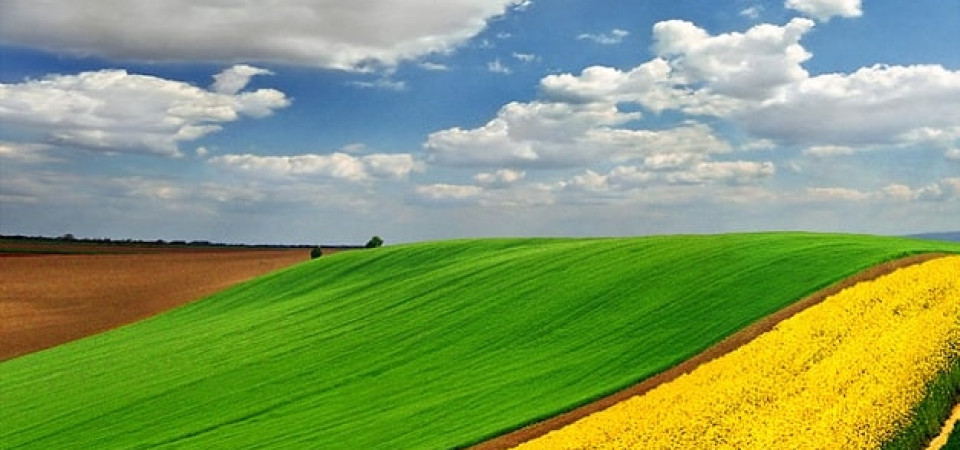The majority of organic-based fertiliser (OBF) producers only operate locally and are often family-operated. Very few companies produce organic-based fertilisers on a truly global scale, which makes it difficult to compile data about the market.
Nevertheless, there is little doubt that market demand for refined organic-based fertilisers, which differ from on-farm sources of fertiliser and unrefined products. You can read more about the benefits of refined organic-based fertilisers here.
The OBF market was valued at $2451 million in 2016 and is projected to grow to $3,260 million by 2023 – representing a 4.2% compound annual growth rate from 2017 to 2023.[1]
Several factors are driving this growth:
- Precision farming
OBF formulations ensure consistent, predictable, and balanced nutrient content. The higher concentration of organic matter and nutrients compared to unrefined products enables farmers to apply fertilising products more efficiently. Many of the newer products can be integrated into precision farming regimes.
- Specialised agriculture, such as viticulture, cut flowers, green spaces
On-farm sources of nutrients from manure/composts are rarely adequate in specialised agriculture, due to more complex fertilisation demands. OBFs are cheaper and more environmentally friendly to transport than raw manure, ensure more complete nutrition and bring the added benefit of traceability of their contents.
- Unearthing soil needs
In areas such as Southern Europe, where the native soils are poor in organic matter and high temperatures break it down quickly, low soil carbon content constrains the uptake of mineral nutrients and water retention. OBFs give these soils an additional boost. Climate variability is now increasing across Europe and worldwide, adding to concerns over soil health and fertility.
- Growing demand for organic produce
There is a growing consumer appetite for organic food. With rare exceptions like phosphorus rock, all fertilisers allowed in organic farming must be ‘organic-based fertilisers’, including on-farm sources of nutrients and some refined, industrial products.
Market prospects
According to ECOFI members, OBF manufacturers are struggling to meet growing demand. ECOFI has noted the need for a better understanding of the nature of refined OBFs and their raw materials to help both policymakers and farmers to make better use of them.
ECOFI is making it a priority to help policymakers understand the obstacles and drivers facing the industry so they can craft appropriate regulatory frameworks for the production and use of organic-based fertilisers. We are also reaching out to food producers and retailers who influence farmer practices through codes of practice for suppliers.
Until now, varying national legislation and regulatory requirements across Europe held back growth in the OBF sector. The new, pioneering EU Fertilising Products Regulation eases this situation by giving OBFs access to the Single Market for the first time and establishing harmonised European standards for them. This will also provide an opportunity to facilitate global trade in organic-based fertilisers if European standards are elevated to the international level through the International Standards Organisation (ISO). Other markets across the world could take inspiration from the EU Fertilising Products Regulation in their regions in a bid to boost uptake of these circular economy products.
If you would like to be part of ECOFI’s drive for growth in the industry, join ECOFI today.
If you would like to stay up to date with this series of blog posts, follow ECOFI on Twitter.
[1] Europe Organic Fertilizer Market Overview, Allied Market Research, March 2018, https://www.alliedmarketresearch.com/europe-organic-fertilizer-market



